PCI Express 7 announced, but you won't be able to get your hands on it for years
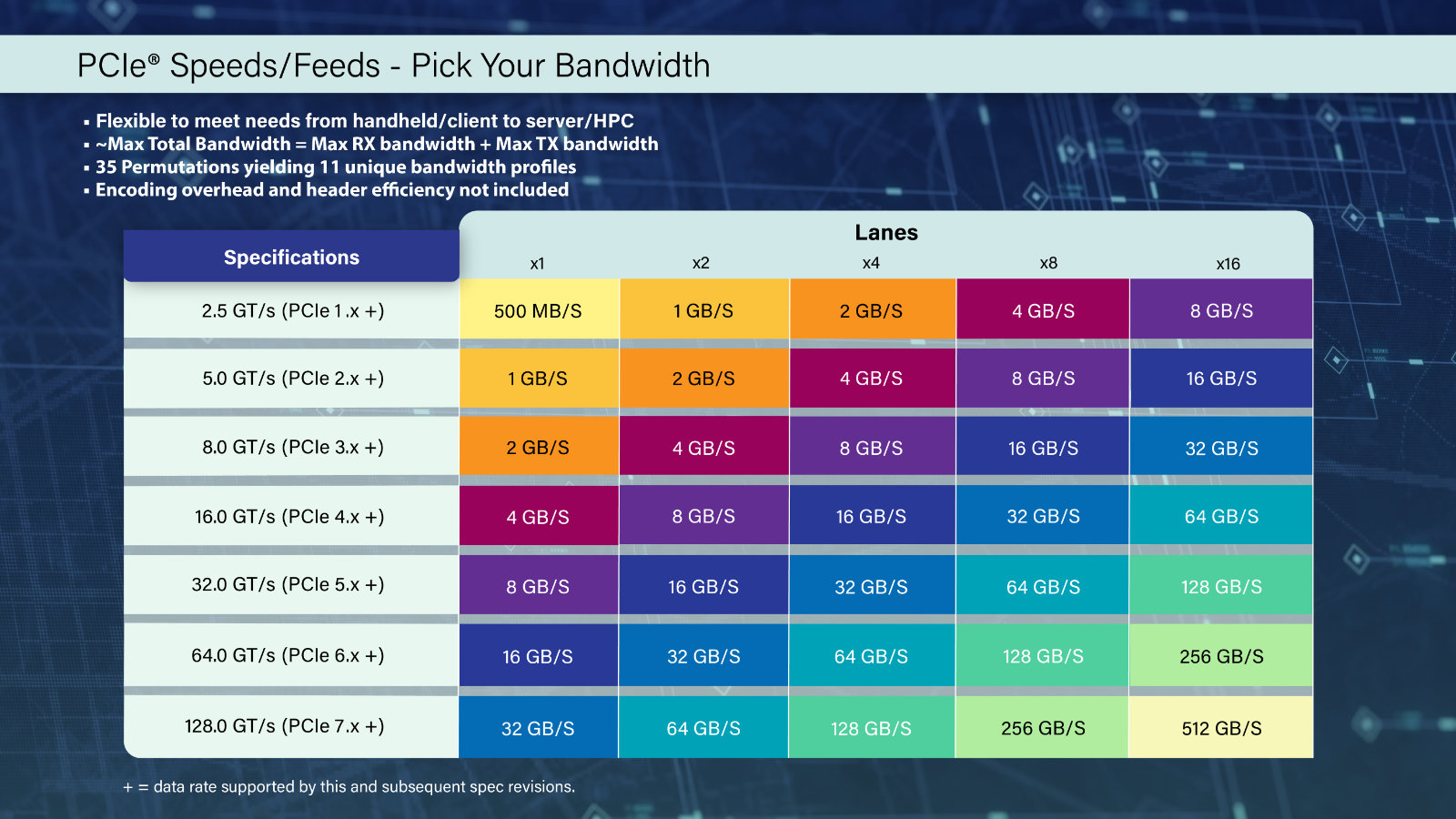
PCI-SIG announced the new PCI Express 7.0 (PCIe 7.0) specification on the PCI-SIG Developers Conference 2022. The new standard will double the data rate of PCI Express 6.0. Compared to PCI Express 5.0, PCI Express 7.0 is on paper four times faster.

The new standard is expected to become available to partners in 2025, but customers will have to wait longer to get their hands on devices that support it. The technology industry is moving fast, sometimes too fast when it comes to the time period between releasing new specifications and product availability.
PCI Express 4.0, and even PCIe 3.0, is still the favored technology in many consumer devices. PCI Express 5.0 is getting traction, while the final specification for PCI Express 6.0 has been announced this year. It will take some time before new devices, graphics cards and Solid State Drives, become available that support these new standards.
Devices that utilize PCI Express 6.0 and 7.0 promise faster speeds, which benefits many applications on modern computer systems. File transfers will be faster, games will load assets quicker, and loading times of applications will be reduced as a consequence.
To put this into perspective: PCI Express 7.0 transfers 32 GB/S over a single bi-directional connection; that is 16 times the speed that PCI Express 3.0 is capable of delivering over a single bi-directional connection. Compared to PCI Express 4.0, it is 8 times faster, and still 4 times faster as PCI Express 5.0.
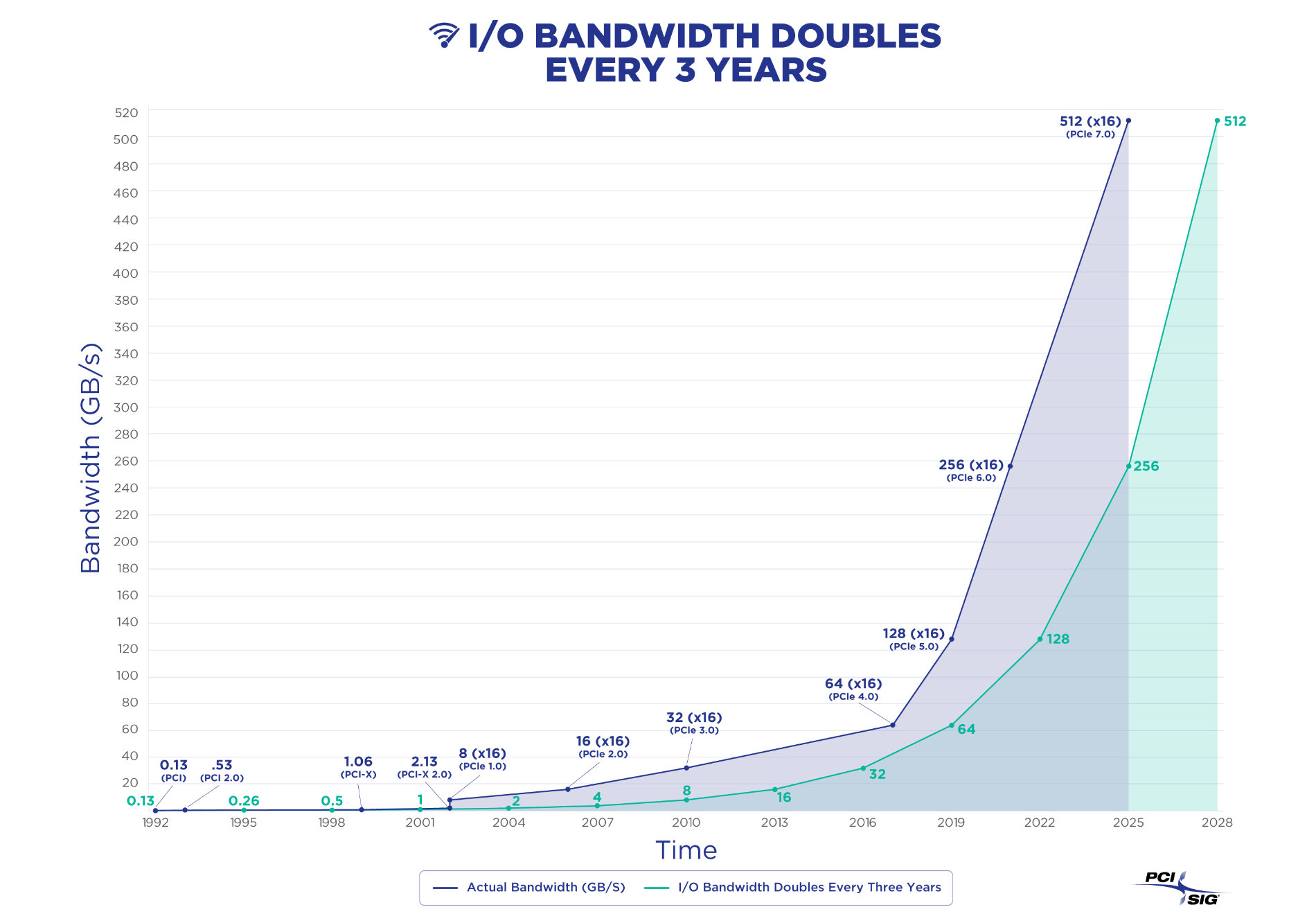
While it is something to look forward to, PCI Express 7.0 is years away from becoming available in consumer devices.
The technical workgroup has the following goals for the PCIe 7.0 specification:
Delivering 128 GT/s raw bit rate and up to 512 GB/s bi-directionally via x16 configuration
Utilizing PAM4 (Pulse Amplitude Modulation with 4 levels) signaling
Focusing on the channel parameters and reach
Continuing to deliver the low-latency and high-reliability targets
Improving power efficiency
Maintaining backwards compatibility with all previous generations of PCIe technology
PAM4 signaling was introduced in the PCI Express 6.0 standard, and PCIe 7.0 will use it as well. Backwards compatibility will be maintained, and one focus of the specification is to improve latency and power efficiency.
PCI-SIG is ahead of its plan to double the speed of PCI Express every three years. Who knows, PCI Express 8.0 may very well double the speed again, reaching a maximum of 1024 GB/s over x16.
Tip: if you want to check which PCI Express specification your Windows PC supports, download the free CPU-Z application, run it, and check the Bus Specs. entry under Mainboard.
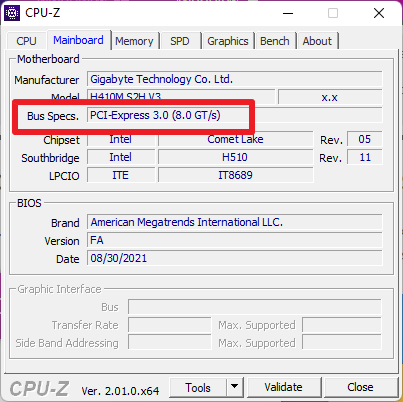
Now You: which PCI Express specification is supported by your computer?







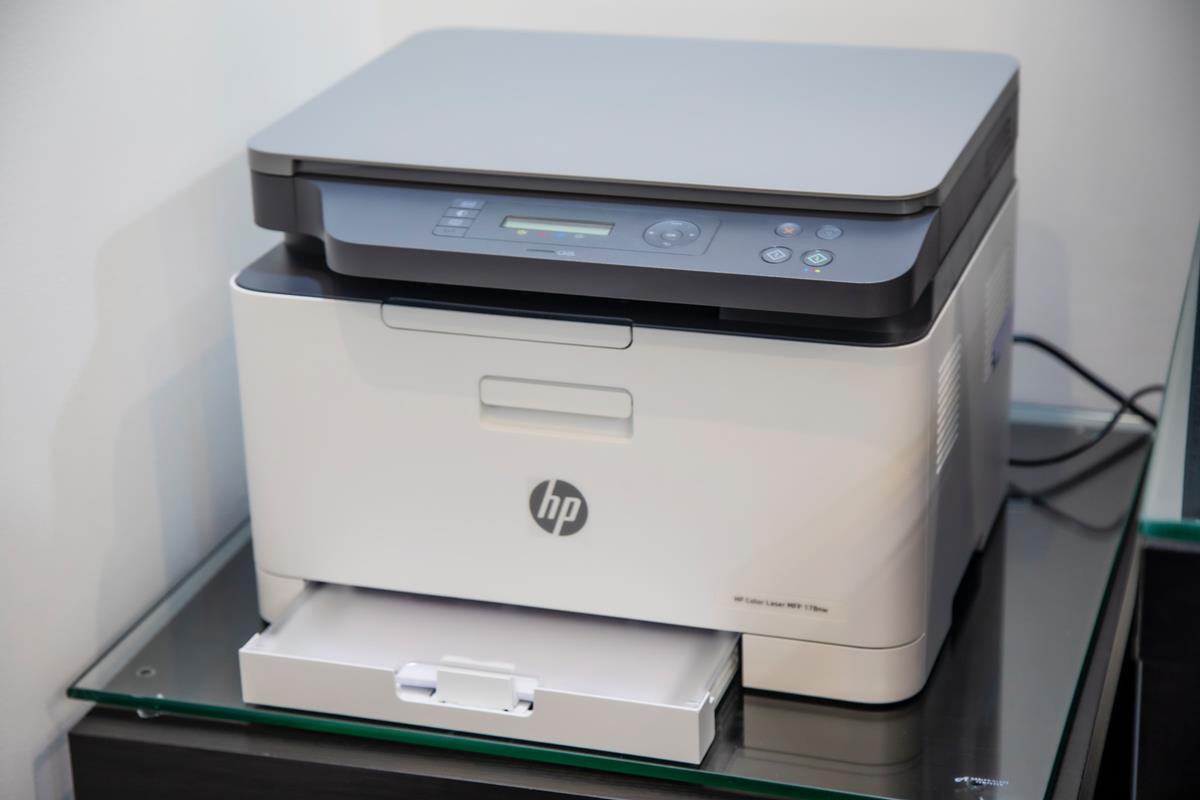
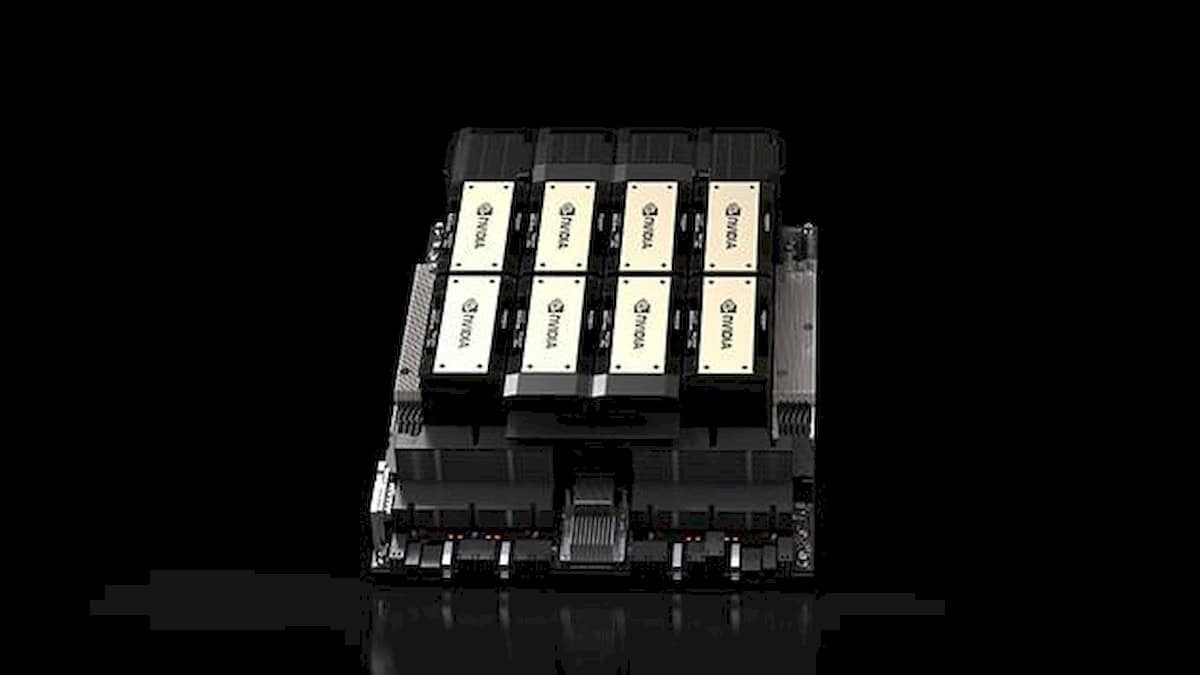

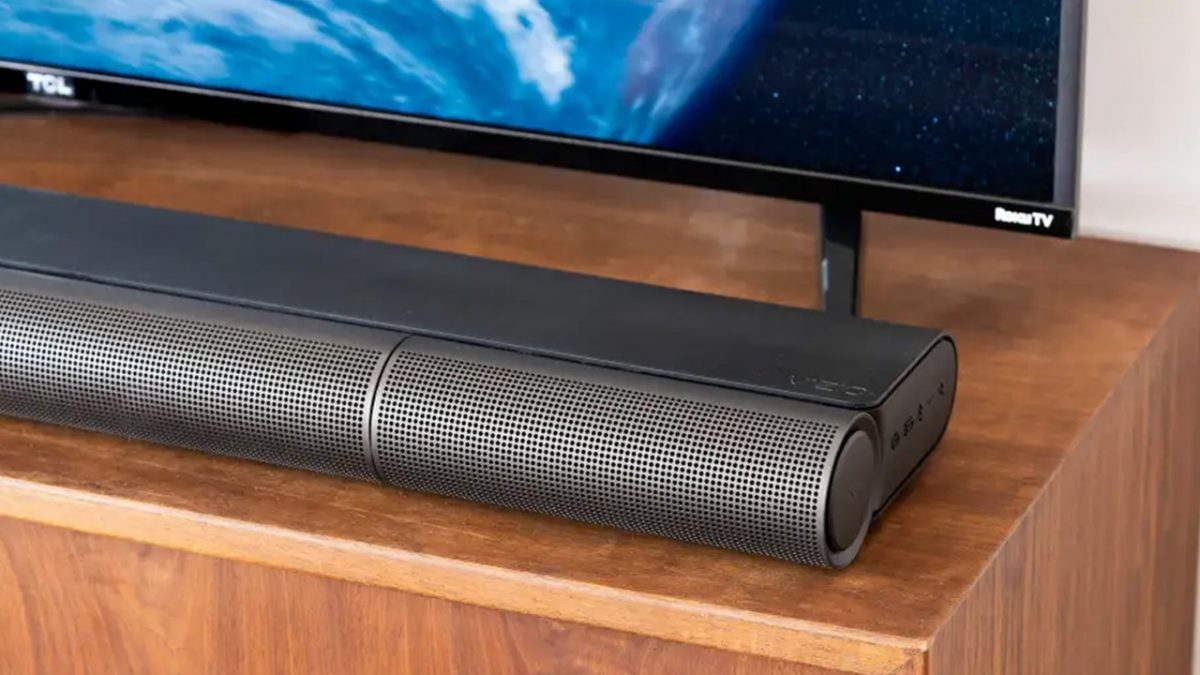
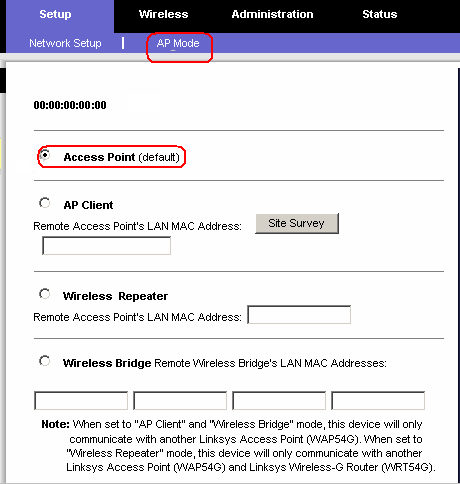
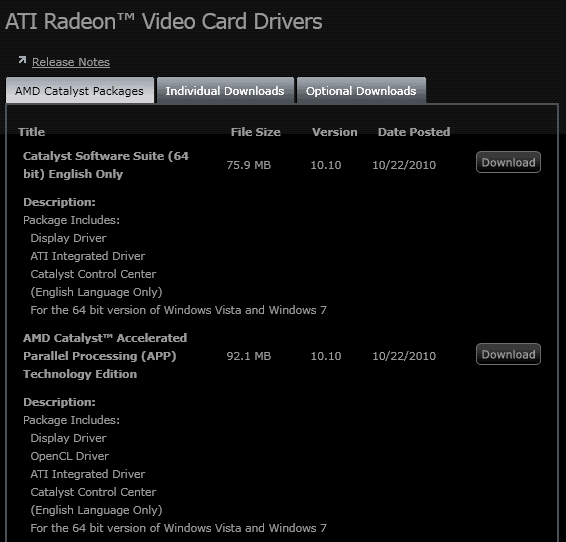










https://www.youtube.com/watch?v=ZFpuJqx9Qmw
Depending on the game, you lose up to 20% of performance. But on some games, you lose almost none at all. I.e. Performance difference is a rounding error. However, as time goes on, games only get more demanding, so the limitation will become a bigger issue.
It depends on how much texture memory the game uses.
@Anonymous, and others: Regarding the Radeon RX6500XT cards you mentioned; would you or anyone else have some references handy about the performance issues you flagged above which you could point me too perchance?
How necessary is it, actually? I was expecting performance to absolutely crater while rendering in Blender on my RTX card the moment it ran out of memory for the textures and had to start pushing/pulling them from system memory on the motherboard. But it didn’t.
Maybe in games, which can’t rely heavily on hundreds of ray tracing and light bounces, in order to maintain 60FPS, there would be a bigger difference when memory on the GPU is exhausted. For those that don’t know, the games that do use ray-tracing, use it sparingly.
And I hear that the new RX6500XT cards lose a lot of performance when installed in a PCIe3.0 slot, but that’s because AMD did the digital equivalent of spitting in the face of consumers by making those cards only use 4 lanes, not because PCIe3.0 isn’t fast enough to properly support them.